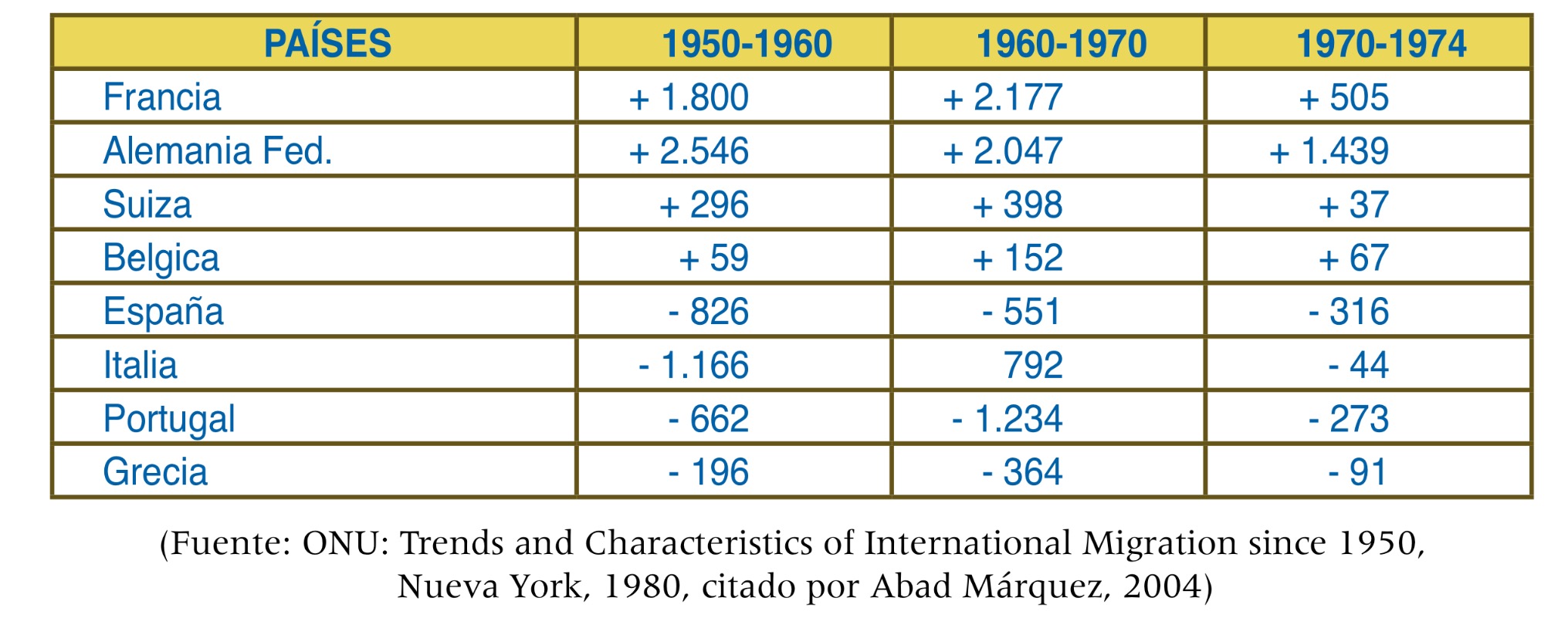Spanish group: Àlex Mas, Marc Morató, Zoe Osorio, Martina Garcia, Albert Gonzalez, Lucia Medina, Toni Higueras, Júlia Esoinosa i Lluis Negre.
HISTORICAL BACKGROUND
1966
The Executive Board meets in Africa in Addis Ababa and holds a special session on the needs of African children.
Since then UNICEF has helped 120 countries and territories (41 in Africa, 34 in the Americas, 25 in Asia, 13 in the Eastern Mediterranean, and 7 in Europe).
1967
The Executive Board examines strategies, criteria and priorities that need to be followed to make the best use of UNICEF assistance, reaffirming and refining the policies adopted in 1961: UNICEF can help governments prioritize children and support all It is decided by mutual agreement that it is the best possible action to achieve them.
1968
The Executive Board examines support for education, and recalls that UNICEF should continue to support the strategic aspects of education programs, ie teacher training, curriculum modernization, emphasis on practical subjects such as science , Career guidance, health, nutrition.
1969
For the first time, the Executive Board meets in Latin America - in Santiago - and holds a special session on the situation of children in Latin America. The Board decides to solicit contributions to Governments for specific purposes, in addition to contributions to general resources.
1970
UNICEF's annual income amounts to 59.4 million dolars, exceeding the target of 50 million dolars allocated in 1966. The goal of 100 million dolars is set in 1975. Guidelines are drawn up for the assignment of UNICEF assistance; The purpose is to give more money to projects in the needest countries. In 1970 it became an evaluation of the education and and the ability of womens and girls for family and community life.
1971
The Executive Board decides that greater efforts should be made to promote the deployment of financial assistance from multilateral and bilateral sources for children's benefits.
Approved in special forms of assistance for services that benefit urban slum children and shanty towns.
1972
The training of national auxiliary and paraprofessional staff continues to be an important element in UNICEF assistance, with some 220,000 receiving training stipends. In addition, many thousands more benefit from the material support offered by UNICEF to training centers and institutions.
The Board approves the new policy guidelines for aid to education, focusing on children of primary school age with educational deprivation, young adolescents not going to school, girls' education, use of schools for education Health and nutrition, and parenting education in child-rearing.
1973
UNICEF decides to expand aid for informal education, especially for rural children and youth. UNICEF assists more or less to 70 countries with water supplies to villages; The purpose is to reduce child mortality, alleviate monotonous tasks of mothers, improve the quality of life in the villages, and encourage community self-help efforts.
1974
The Executive Board issues an "Emergency Declaration". Special efforts are authorized for the services of children in the least developed countries and in "most severely affected" countries.
1975
UNICEF joins OMS on the approval of news strategies for the assistance to services of primary health care to provide attention to the people who don't have sufficient means, and they decide to do a work to get better child nutrition. The Board approves an information policy so that society responds more to the resolution of children problems.
The International Year of Women emphasizes in programs that benefit women and girls.
EFFECTS OF THIS IMMIGRATION WAVE
Many years ago, the Spanish Immigration to America was dominated by their Roman Catholic Religion. The idea of spreding their religion among the other countries was seen as a primary reason which made many of the Spaniards move to other countries. Spanish immigration was also due to the opportunities people were offered and of the exploitation of the natural resources of the New World. Later on, Spanish Immigration was also prompted by the desire of political and religious freedom and to escape from the poverty, wars and employment problems that were happening by then.
On the twenty's century, a significant wave of Spanish immigration to other countries occured when the dictator known as "Franco" came to power and ended the Spanish Republic. Between 1946 and 1958, about 624,000 people left the country for overseas. Many people immigrated to other countries in order to escape from the Spanish Civil War. After his death in 1975, over the next twenty years, there were lots of poverty that made the Spanish immigration increase.
Below we can observe a chart taken from the accem.es that shows ous the Spanish inmigration progress to other countries from the 1950 to the 1974.

REASONS FOR EMIGRATING FROM THEIR HOME COUNTRY

REASONS FOR IMMIGRATION INTO SPAIN

